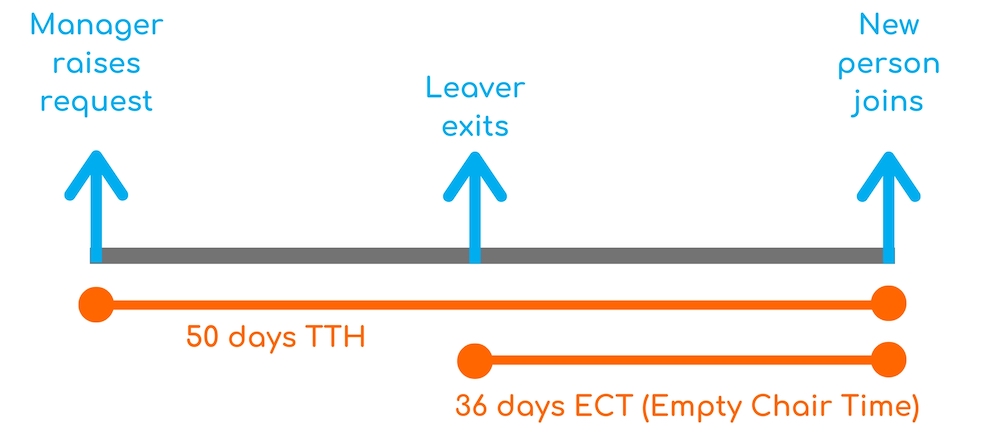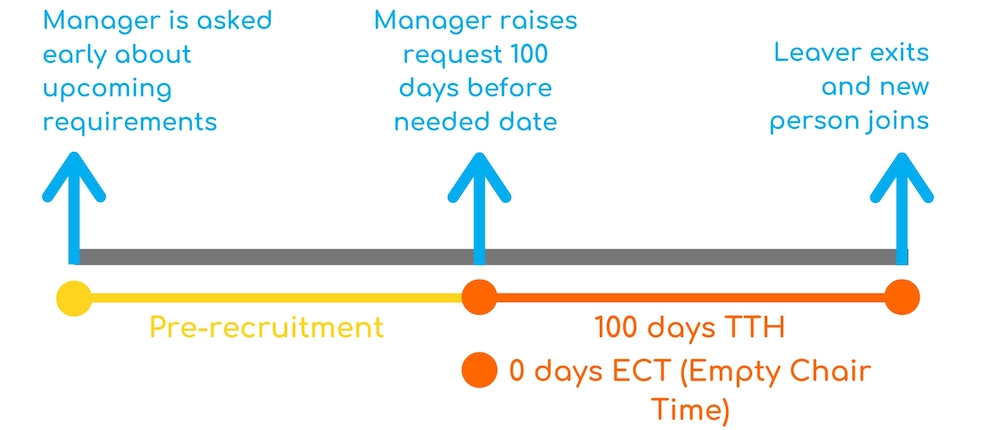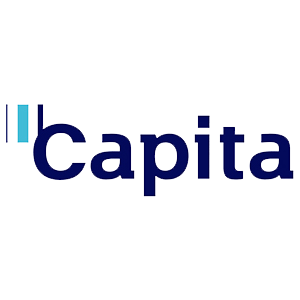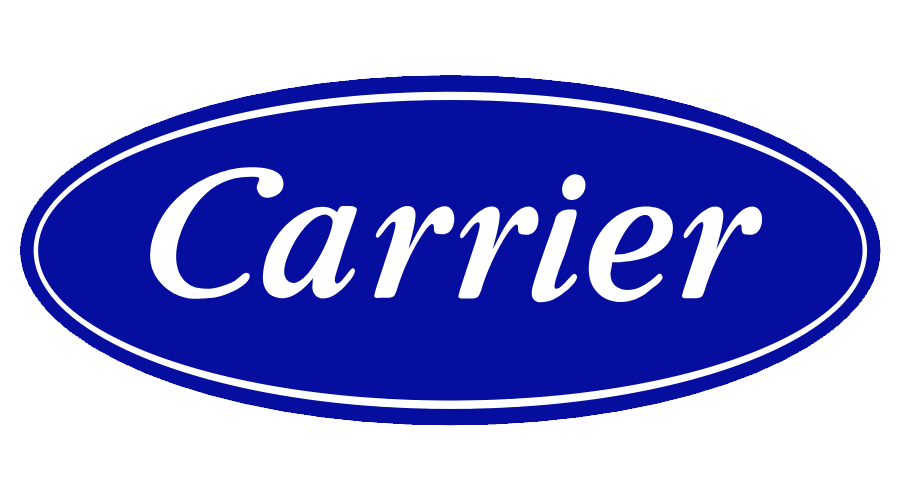
The Pre-Recruitment Timezone
The Pre-Recruitment Timezone
February 07, 2023
In this short read (10 mins), redefine where the recruiting process starts and ends and understand the huge benefits to be had when you do!
What is it? And are you doing it? A Guide for HR & Talent Professionals
What is it?
Put simply; Pre-recruitment is everything that happens before the requisition hits your ATS.
Are you doing it?
You probably aren’t, and you’re not alone. However, you can ill afford to ignore this vital part of your organisations Talent Acquisition life-cycle. Within it lies enormous opportunity to improve every aspect of how your function acquires and delivers talent to your business.
The Talent Acquisition process has been well defined now for several years. We all know where it starts and ends, we all know that it encompasses largely the same building blocks no matter what sector or sized organisation you work within:
- Brief and prepare
- Attract and engage candidates
- Assess and select
- Offer and onboard
What is it that instigates the first block of activity? Consensus would no doubt be that instigation comes from an operational manager needing to recruit and inputting the role into an ATS. So, this forms the start of the recruiting process – but is this the true beginning of a Talent Acquisition workflow?
State of the Nation
Talent Acquisition is a vital process. It is one of the key vehicles that delivers the lifeblood of any company – it’s people. Talent Acquisition is also big business. With a plethora of products, solutions, services and tools to invest your budget in:
- Recruitment process outsourcing solutions
- Candidate relationship management systems
- Assessment tools
- Employer branding agencies
- Applicant tracking systems
- Recruitment agencies
- Sourcing tools
The list goes on and on, and it swells each year. It’s a complicated landscape and an increasingly confusing marketplace to navigate. Talent Acquisition professionals the world over are facing “solution congestion.” Rapidly becoming desensitised to the genuine progress and transformational working that leaps in technology development are bringing.
Faced with Two Options
Take an unconsidered approach and you risk wasting precious budget and worsening the recruiting process.
Or, stand still and you will likely fall behind your competitors in the relentless “war for skills”.
Then to add to the decision making burden, do you follow the approach of using one mega tech suite, like a Workday or SuccessFactors. Implementing every module in the hope that what you lose in functional capability you will gain in creating a “single point of truth” data flow...
Or do you create your own ecosystem of best of breed solutions that are individually excellent at what they do. Then try to integrate them to one another in a technological “daisy chain”?
Both approaches have their merits, equally both come with their own list of potential limitations.
How do you then design either of these approaches with user experience front and centre – meaning candidate, recruiter and the less thought about hiring manager?
It is a complex and intricate balance to get right. But get it right and you stand to transform your Talent Acquisition process and set a new foundation for delivery based in the 21st Century, not the 20th!
How do you define End to End?
As already noted, the “start” of Talent Acquisition sits squarely with the operational manager. They have the hiring demand that needs supplying. They instigate the beginning of the process, whether that be picking the phone up to the TA team or creating a new requisition via a self-serve ATS portal.
From this point on, the ensuing process is often designed and optimised to the Nth degree. Prescribed ATS workflows are followed, automated communications activated, robotic process-based activities are administered – resulting in a hire...at some point.
Then...
This tried and trusted process is measured using the same common metrics:
Time to Offer/Hire
Cost per Hire
Quality of Hire
Some will take a deep dive into performance reporting. Tracking things like applicant to interview ratios, or perhaps applicant source effectiveness...
But by hook or by crook a hire will result. The “winning” candidate will be onboarded and set up as an employee to join the business.
So End to End Means...

Is this right?
As a HR / Talent professional, have you ever taken a considered step back and viewed your organisations talent acquisition needs from an objective, unemotional perspective?
Have you challenged yourself to look at Talent Acquisition as if it were a new problem, that needed a new solution? If you did, the likelihood is that you would design an end to end process that looks very different to the one that your business is currently following.
The Ignored Opportunity
With a fresh look, unhindered by the lens of “this is how I learned recruitment and how it has always been done,” you will see that the Talent Acquisition process is far bigger than you believe it to be.
If you take the creation of a new requisition as the current standard for the “starting point,” everything you know and understand is to the right of this point.
But what about the left?
The left is a space entirely occupied by the operational manager. They have been left to stagnate and drift aimlessly along with no direction. As already noted, it is the operational manager that instigates the recruiting process...
But what makes the manager act when they do?
All managers are different. With different jobs, different responsibilities, different priorities and different skill levels when it comes to recruiting.
There is however one unifying truth that applied to all managers in all business, in all sectors, in all geographies…
Managers know that they need to recruit far in advance of when they decide to instigate the recruiting process.
Seriously...
Each manager will know their team of direct reports.
They are the person that accepts a resignation. Knows when a team member is due to leave on parental leave, or is planned to retire. They also know their own plans around team growth and project related resources needed. And finally, they are best placed to predict if team members may be leaving due to performance or may need moving on to retain them for Talent purposes.
They hold information that is vital to Talent Acquisition. They are the key to proactive, quality driven hiring.
They are the ignored opportunity!
What is Pre-recruitment? Quite simply, pre-recruitment is the left.
It is the gulf that exists before the conventional Talent Acquisition process you know begins. It is a source of enormous operational improvement and business people resourcing transformation. More on that later.
Pre-recruitment is a combination of initiatives that:
- Extract and compile manager led future hiring demand plans
- Proactively tell managers when the best time to initiate recruitment is
- Coach, mentor and up-skill managers about the recruiting process that they’ll be involved in
If Recruitment is (and should be) about the candidate, then Pre-recruitment is about the manager.
The concept is an easy one to understand; if managers are engaged earlier, the delay between a manager knowing that they will need to recruit at some point in the future and starting the recruiting process will be minimised.
So What?
The art of the possible with pre-recruitment really depends on your imagination and lateral thinking!
Reducing the delay in the manager acting effectively increases the lead time on new hires needed by the business. More time means:
- Longer to source and engage candidates
- Longer to plan diverse, cost effective attraction campaigns
- Longer to drive referral activity
- Longer to pre-plan assessments (and manager availability to assess)
What about measures?
Utilising your Pre-Recruitment time zone will mean that the pursuit of reducing Time to Offer/Hire will be redundant. This is because the time marker associated with a successful hire will no longer be how long it took to hire, but rather whether the hire was made when it was needed.
Time to Offer/Hire
Cost per Hire
Quality of Hire
Lets Look at Some Examples...
Situaion A: Without Pre-Recruitment:
A manager wakes up one morning and realises that a team member is leaving in 2 weeks and they haven't arranged cover yet. They create a new requisition in the ATS and instigate the recruiting process. The recruitment process takes 50 days (a good result)! This manager therefore has an “empty chair” in their team for 36 days (50 minus the 2 weeks until the leaver exits).

Situaion B: With Pre-Recruitment:
A manager is proactively asked about their team and informs TA about a leaver they are aware of in 5 months time. The TA team use this information to tell the manager at the exact point they need the requisition to be created in order to fill the vacancy in time, e.g. 100 days before the hire is needed. The recruitment process ensues, and the hire is made on the date it is needed. The Time to Hire is 100 days, but the manager has zero days without cover.

Bearing this in mind, which measure of performance is more important to your business leaders – Time to Hire, or Empty Chair Time? It’s obvious.
There is often an underlying expectation that operational managers should know how to be effective hiring managers. They should know what they need to do, and when. They should know how to use your ATS, how to interview and how to engage with a candidate to “sell the opportunity”.
Most don't. It’s not their job to recruit, so why would they know?
This is a problem. Recruiting is very much a team sport.
A successful hiring process often hinges on the ability and commitment of the hiring manager. Lots of companies attempt to create “manager tool-kits” with resources intended to educate the manager on the part they play. This is great, but the timing and accessibility of these resources is key to them having any effect. Pre-Recruitment coaching is an opportunity to drip feed this learning content nice and early. A chance to “onboard” your managers to the job of recruiting. So that when you need them, they are fully briefed and ready to work with you. Not be unwitting blockers to the process!
The commercial business case
Building a business case to explain the benefits of Pre-Recruitment and gain buy in from your C-Suite is straightforward.
Any leader managing a P&L, a budget, or that are responsible for delivering “output” via their teams will already be looking for ways to maximise productivity.
They will already be using tools and technologies to do more with less. They will already be streamlining how their teams work (just like you do in HR/Talent Acquisition).
They will know that having a full, capable, competent team for more of the time, will result in greater productivity and more output. Meaning more value will be delivered for the organisation.
The Figures
If we then look to quantify this position, we need to calculate your business average daily EVC (Employee Value Cost).
This is the monetary value that each employee adds to the bottom line of your business.

A worked example:
Company A’s annual revenue is £250m and they employ 5,000 people.

For this company, every “empty chair” day is costing £192. This same company may have 100 open vacancies at any one time, with 80% of them having an “empty chair”…
£192/day
100 Vacancies
That’s £15,000 per day in lost productivity. Nearly £4,000,000 per year.
The same business leaders you share this with would take any other initiative to increase bottom line income by £4,000,000 per annum extremely seriously.
Clearly, if the data is available, this logic can be applied at a functional or team level. For example, a sales function often has a far higher EVC as their people are intrinsically linked to income through selling.
But the basic logic is still extremely powerful! Run the calculation on your business and see what impact you could drive to your business by implementing a pre-recruitment process and driving down Empty Chair Time.
Nice idea, but it won’t catch on…
Wrong. Companies of all sizes have already recognised the existence of Pre-Recruitment and are working hard to realise the enormous benefits of utilising and maximising the extra time that having a solid Pre-Recruitment approach will bring.
Businesses like

 and
and
 are leading a new frontier of transformation in Talent Acquisition and are redefining what is meant by an “end to end” process.
are leading a new frontier of transformation in Talent Acquisition and are redefining what is meant by an “end to end” process.

 and
and
 are leading a new frontier of transformation in Talent Acquisition and are redefining what is meant by an “end to end” process.
are leading a new frontier of transformation in Talent Acquisition and are redefining what is meant by an “end to end” process.
These pioneers are creating actual 12-24 months hiring plans, by geography, function and team. They are changing manager behaviour and beginning to reap the rewards that 100+ days lead time on vacancies and a more engaged and educated hiring manager population brings.
They know that conventional, reactive recruitment is an unacceptable and unsustainable way to operate, and they are focused on delivering reductions in “Empty Chair Time” for their businesses; meaning productivity improvement and bottom-line performance enhancement.
They are positioning Talent Acquisition as a business enabler and a profit centre.
They are moving the curve.
Want to know more?
If you want to understand how you can claim your Pre-Recruitment time zone, and even better how you can benefit from everything described within a matter of months, please contact us to learn more about Foresight, the leading Pre-Recruitment system.